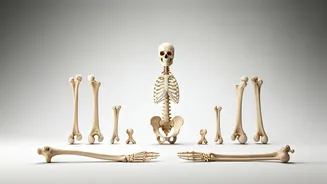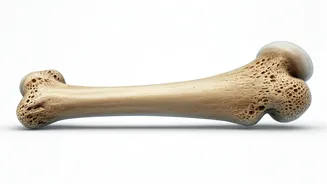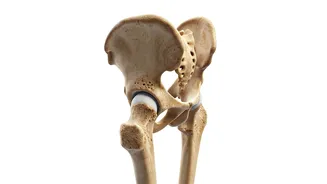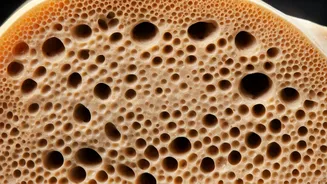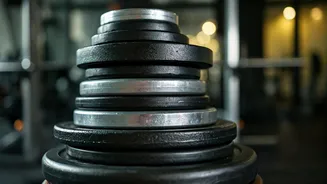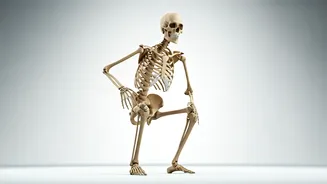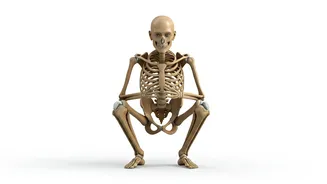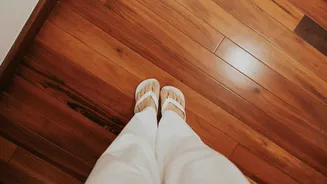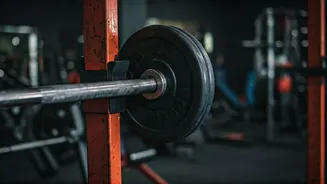Importance of Bone Health
Bone health is frequently overlooked, yet it’s a cornerstone of overall well-being. After the age of 30, the natural process of bone density loss begins.
This makes it crucial to adopt proactive measures to maintain and improve bone strength. The benefits extend far beyond just preventing fractures; strong bones support better balance, posture, and overall mobility. Investing in bone health now can significantly impact your quality of life in the future. Regular exercise, particularly weight-bearing activities, is a powerful tool to counteract age-related bone loss and maintain an active lifestyle. This approach will equip you with the knowledge to proactively manage your bone health for years to come.
Kneeling to Low Squat
This exercise is a fantastic warm-up that promotes both mobility and bone health. Start by kneeling on the floor. From this position, slowly lower yourself into a low squat, keeping your feet flat on the ground if possible. This movement engages multiple muscle groups, improving coordination and balance, which are crucial for preventing falls and maintaining bone density. The kneeling position gently stretches the hip flexors, while the squat strengthens the legs and core. Repeating this exercise several times allows for improved flexibility in the hips, ankles, and knees, further boosting your overall mobility. Make sure you maintain a steady breathing pattern throughout the movement and avoid any jerky motions.
Reverse Table Tap to L-sit
This exercise combines core strength and upper body engagement, offering a comprehensive approach to bone health. Begin by sitting with your hands placed behind you, fingers pointing towards your feet. Lift your body up, forming a table position with your body straight. From here, gently tap your hands on the ground, then lower your legs to an L-sit position, keeping your legs straight. This movement not only strengthens your core and upper body, but also provides a mild form of weight-bearing exercise for the arms. The table position helps improve wrist and shoulder flexibility, while the L-sit builds core strength. This combination of exercises provides multifaceted benefits to your skeletal system.
Kneeling Windmill
The Kneeling Windmill is a fantastic exercise for spinal mobility and core stability, contributing directly to bone health. Begin in a kneeling position with your hands clasped behind your head. Rotate your upper body to one side, keeping your core engaged and your back straight. Then, slowly rotate to the other side. This twisting motion increases the range of motion in your spine, which helps improve posture and reduce the risk of back pain. A strong core also supports the spine, enhancing balance and stability. This exercise enhances your overall fitness levels. Remember to move slowly and deliberately to avoid overstretching and to maximize the benefits of each rotation.
Lateral Glide With Knee Tap
This exercise is specifically designed to work on the lateral muscles and improve bone health in the hips and legs. Start by standing with your feet hip-width apart. Take a step to the side with one leg, bending the knee and tapping your opposite knee. This movement works the hip abductors and adductors, crucial muscles for balance and stability. This exercise strengthens the bones in your lower body and helps in maintaining proper alignment of your hips and knees. This exercise provides a low-impact yet effective way to maintain bone density and improve overall mobility. Regular practice of this exercise will also help improve the coordination between both sides of your body, thereby improving balance.
Alternate Sitting and Rising
This exercise offers a practical and accessible way to improve bone strength and lower body mobility. Start by sitting on a chair with your feet flat on the floor. Slowly stand up, engaging your leg muscles and maintaining a straight back. Then, slowly sit back down, controlling the movement throughout. This exercise directly strengthens the leg muscles and improves bone density in the lower body. This simple, yet effective exercise can be done anywhere and at any time. It's especially beneficial for maintaining independence and mobility as you age. Consistent practice can improve your balance and the strength needed to perform daily tasks with greater ease.
